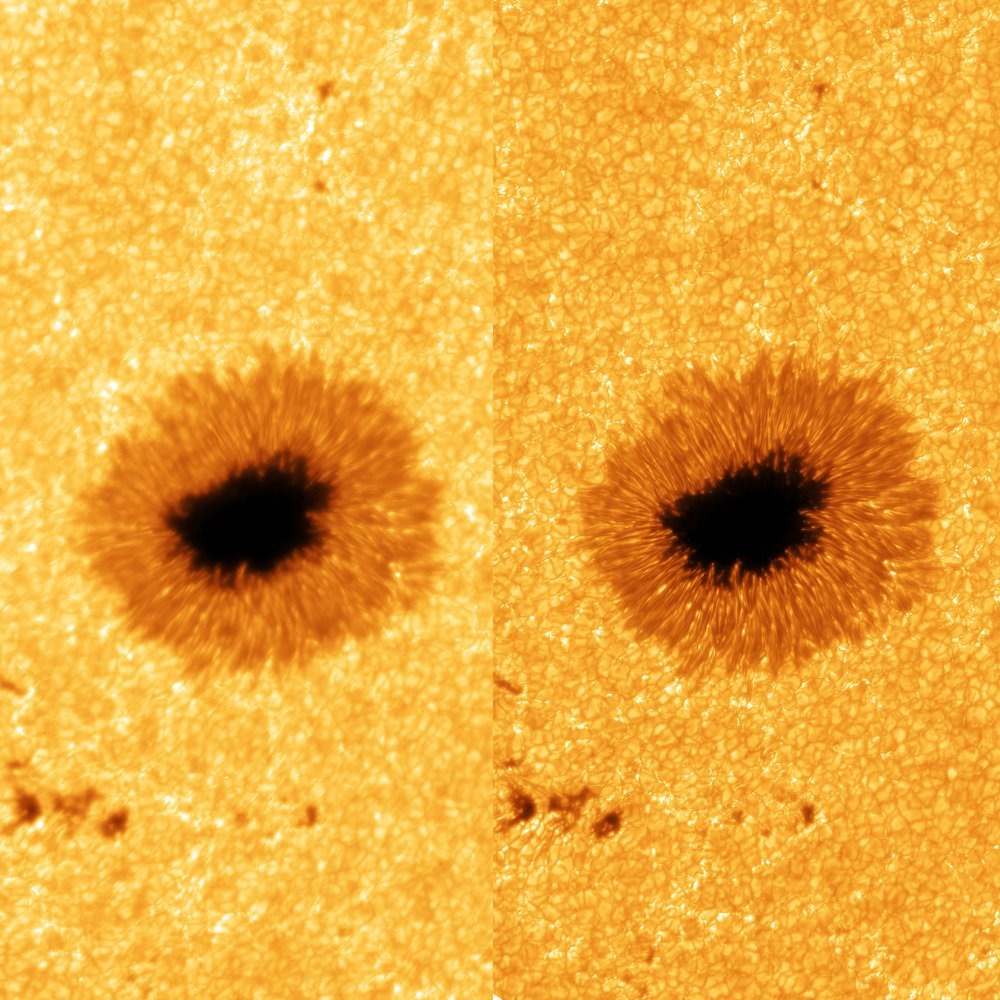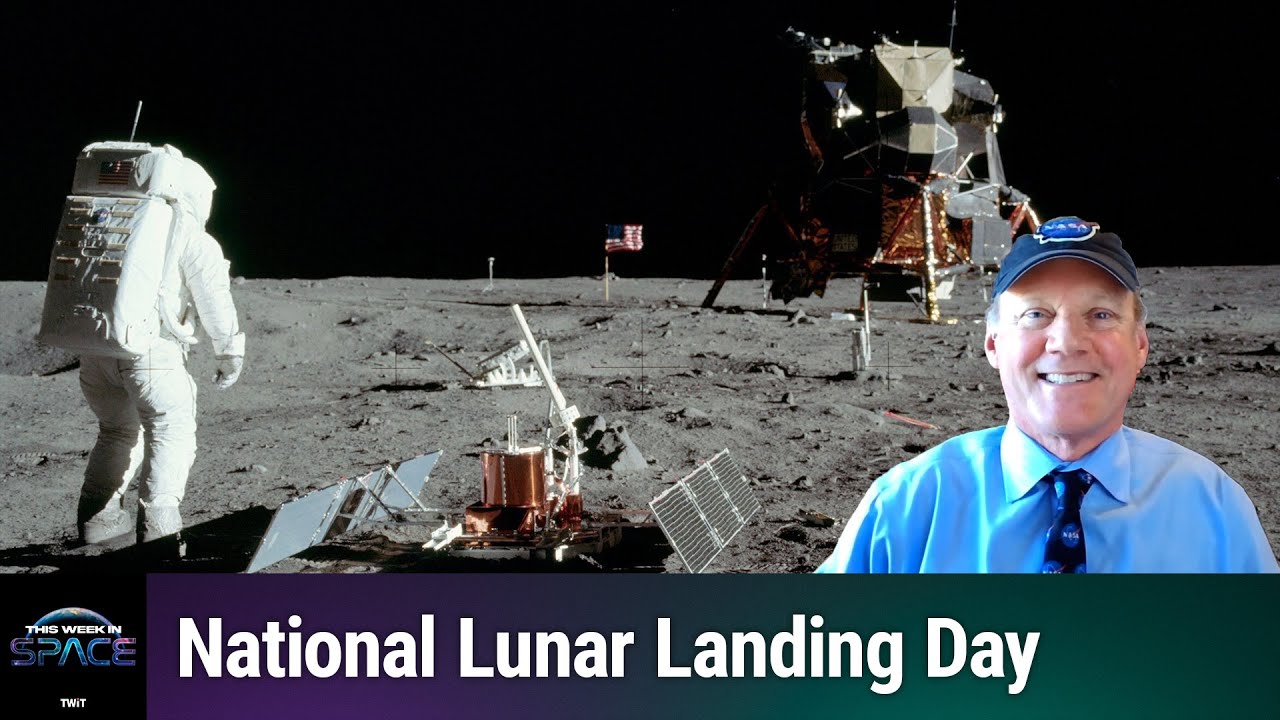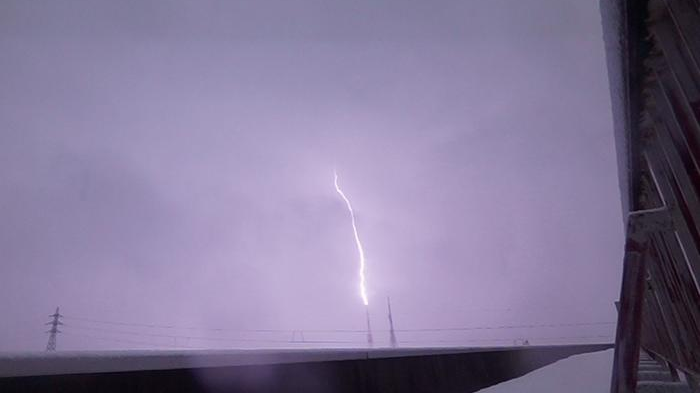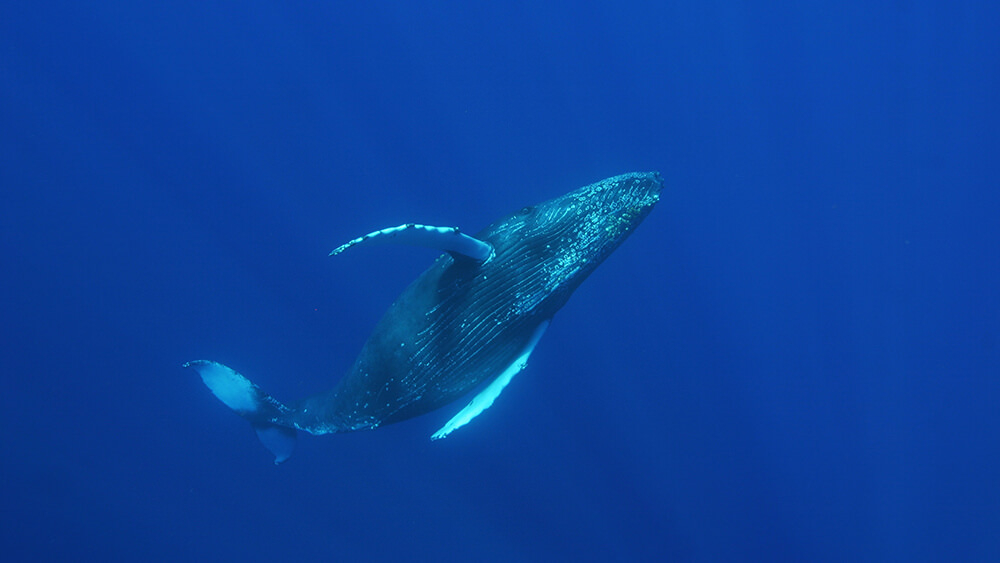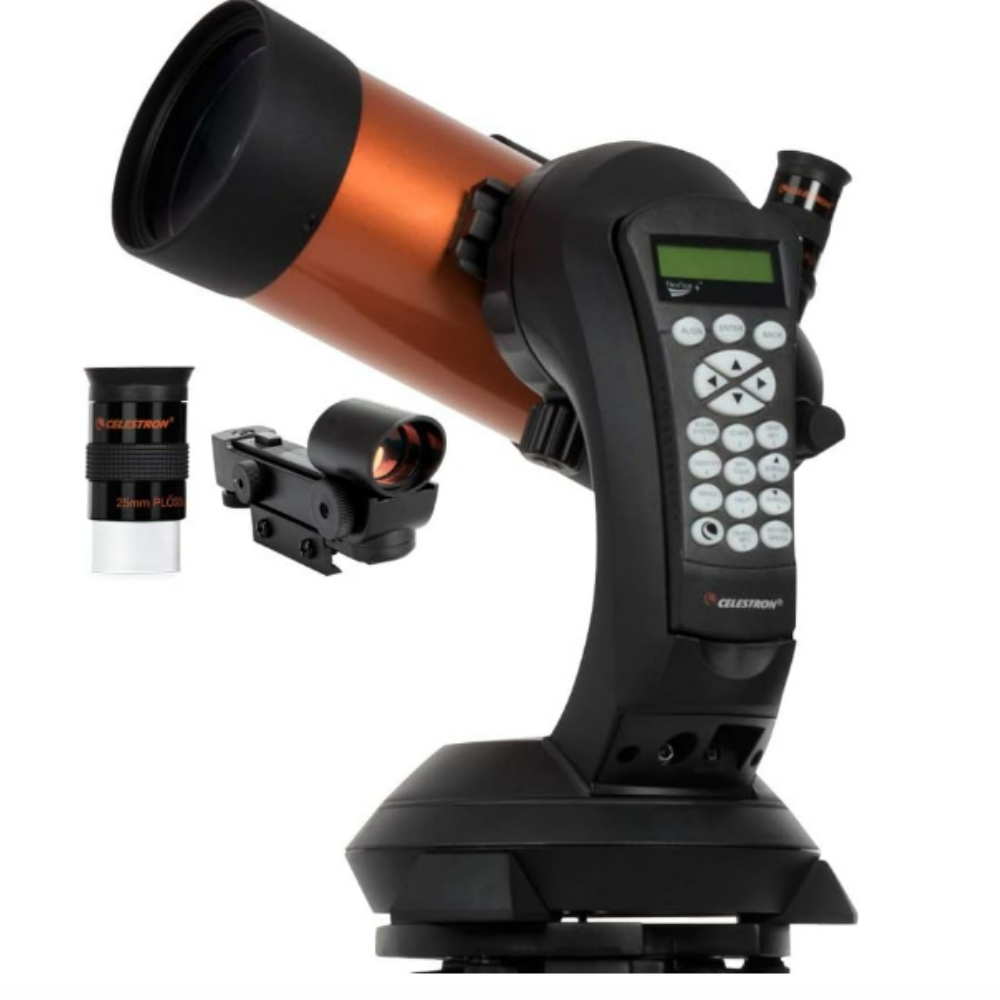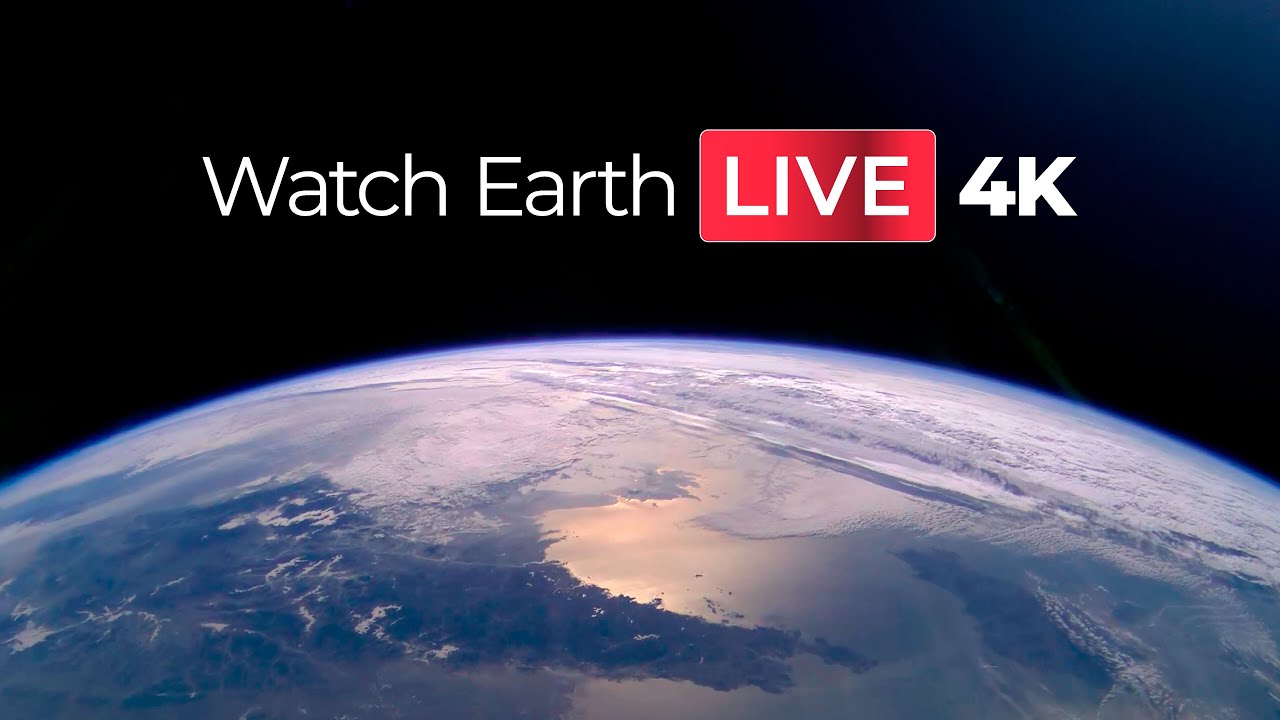Incredible new images of the sun’s surface provide an unprecedented view of raging sunspots and solar activity. A new high-resolution camera system developed by the Leibniz Institute for Astrophysics Potsdam (AIP) for the Vacuum Tower Telescope (VTT), located at the Observatorio del Teide in Tenerife, reconstructed views of the sun with an 8K image resolution for the first time, according to a statement from AIP. Solar observations often face a trade-off between field of view and resolution. Large solar telescopes provide high-resolution images but cover limited areas, while smaller instruments…
Read MoreCategory: Space Stations
Space stations in orbit or planned
Scientists question possible signs of life on exoplanet K2-18b in new study: ‘We never saw more than insignificant hints’
In 2023, scientists from Cambridge University reported what appeared to be very exciting news. NASA’s James Webb Space Telescope, they said, had detected signs of a liquid water ocean — and possibly life — on the exoplanet K2-18b, a temperate sub-Neptune world located about 124 light-years away from Earth. Then, earlier this year, the same team announced what they called even stronger evidence for those potential signs of alien life. The signs were rooted in a tentative detection of dimethyl sulfide (DMS) — a molecule produced on Earth solely by…
Read MoreScientists spot high-speed galaxy collision 11 billion light-years away: ‘We hence call this system the cosmic joust’
Using a telescope in Chile, astronomers have captured a high-speed collision between two galaxies located more than 11 billion light-years away, getting a rare direct glimpse into how the universe’s most luminous sources of energy, known as quasars, can sculpt their surroundings and influence the evolution of galaxies. The new findings describe a galactic battle between the galaxy on the right in the image above, which hosts an actively feeding black hole, a quasar, at its center, and its neighbor on the left, which is being bombarded by intense radiation…
Read MoreThis Week In Space podcast: Episode 162 — Lunar Landing Day
Lunar Landing Day – When the Future Arrived – YouTube Watch On On Episode 162 of This Week In Space, Rod Pyle and Tariq Malik discuss the effort to make July 20 a national holiday called “Lunar Landing Day.” If you’re lucky enough to have witnessed the landing of Apollo 11 on July 20, 1969, you know what a momentous occasion that was. If you’re younger than a Boomer, you’ve read and heard about that amazing day, but it might not have the impact it did for those who witnessed…
Read MoreYgiTK Northern Galaxy Lights star projector review
Star projectors have become a must-have gadget for a wide range of consumers, captivating everyone from space enthusiasts and movie fans to gamers and party hosts. Users often want to create an immersive environment, to add another dimension to the atmosphere, and these handy little gadgets have given us a means to do this quickly, easily and more affordably than ever before. We’ve reviewed a ton of models, and they all offer different ways to change the vibe of a room. Some just project lasers, some combine lasers and pretty…
Read MoreWhen lightning bolts collide, do they unleash powerful gamma-ray flashes?
The most powerful explosions in the known universe come from what are known as gamma-ray bursts — though they may not sound particularly exciting, scientists usually speak about these incredible blasts of electromagnetic radiation in the same breath as giant collapsing stars and black holes. We’ve catalogued quite a few of these events since the 1960s, and even used them to help us understand more about galaxy superclusters, but one particular kind of gamma-ray burst has remained somewhat of a mystery. It’s called a terrestrial gamma-ray flash (TGF), and it…
Read MoreBest model rocket sets 2025: NASA, Blue Origin, Estes, National Geographic and more
We can’t all get down to Cape Canaveral, so we’ve rounded up the best model rockets on the market, suitable for all ages and budgets. The best model rockets are small-scale models that you can launch with varying degrees of thrust. You’ll need more than just the rocket itself, usually a launch pad, an engine and a landing system too. It’s also important to have open space when launching, for safety reasons and for a safer landing. Below, you’ll find the best models, replicas and STEM sets on the market…
Read MoreCould deciphering dolphin language help us communicate with ET?
There are creatures here on Earth that may give us clues on getting “chat-time” with extraterrestrial intelligence — dolphins, which are famously social and smart. Recently, the Coller Dolittle Challenge awarded the winner of its first $100,000 annual prize to accelerate progress toward interspecies two-way communication. A prize of equal value will be awarded every year until a team deciphers the secret to interspecies communication. This year’s winning team of researchers has discovered that dolphin whistles could function like words — with mutually understood, context-specific meaning. You may like Crack…
Read MoreThe moon and Venus kick off Memorial Day weekend with a lovely conjunction early on May 23
Should your local weather forecast suggest that Friday morning — the start of the Memorial Day Holiday Weekend — will be fair and clear, it will be well worth setting your alarm clock to awaken you about 90 minutes before the sun comes up. If you head outside at that early hour and if you have a clear and unobstructed view toward the east, you will be treated to a lovely pairing of the two brightest objects in the night sky. You’ll immediately notice the crescent moon; appearing slender and…
Read MoreWatch SpaceX’s 32nd Cargo Dragon spacecraft undock from the ISS today
Live 4K video of Earth and space: 24/7 Livestream of Earth by Sen’s 4K video cameras on the ISS – YouTube Watch On A SpaceX cargo Dragon is scheduled to depart the International Space Station (ISS) today (May 22), after about a month docked with the orbital laboratory. NASA will livestream the undocking on its NASA+ streaming platform. You can also watch the action in the window above via Sen’s 4k 24/7 high-definition cameras, which are mounted on the station’s exterior. Dragon is scheduled to undock at 12:05 p.m. EDT…
Read More